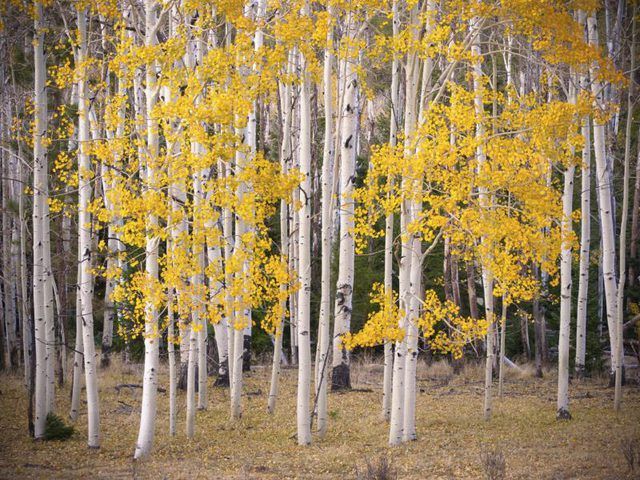Bulbs
Flower Basics
Flower Beds & Specialty Gardens
Flower Garden
Garden Furniture
Garden Gnomes
Garden Seeds
Garden Sheds
Garden Statues
Garden Tools & Supplies
Gardening Basics
Green & Organic
Groundcovers & Vines
Growing Annuals
Growing Basil
Growing Beans
Growing Berries
Growing Blueberries
Growing Cactus
Growing Corn
Growing Cotton
Growing Edibles
Growing Flowers
Growing Garlic
Growing Grapes
Growing Grass
Growing Herbs
Growing Jasmine
Growing Mint
Growing Mushrooms
Orchids
Growing Peanuts
Growing Perennials
Growing Plants
Growing Rosemary
Growing Roses
Growing Strawberries
Growing Sunflowers
Growing Thyme
Growing Tomatoes
Growing Tulips
Growing Vegetables
Herb Basics
Herb Garden
Indoor Growing
Landscaping Basics
Landscaping Patios
Landscaping Plants
Landscaping Shrubs
Landscaping Trees
Landscaping Walks & Pathways
Lawn Basics
Lawn Maintenance
Lawn Mowers
Lawn Ornaments
Lawn Planting
Lawn Tools
Outdoor Growing
Overall Landscape Planning
Pests, Weeds & Problems
Plant Basics
Rock Garden
Rose Garden
Shrubs
Soil
Specialty Gardens
Trees
Vegetable Garden
Yard Maintenance
Difference Between Birch Trees and Aspen Trees
Difference Between Birch Trees and Aspen Trees. Birch (*Betula spp.*), hardy in U.S. Department of Agriculture plant hardiness zones 3 to 9, depending on species, and aspen (*Populus spp.*) are both deciduous trees with light-colored thin bark and leaves that turn yellow in autumn. Both are native to North America and are planted as ornamental...
Birch (Betula spp.), hardy in U.S. Department of Agriculture plant hardiness zones 3 to 9, depending on species, and aspen (Populus spp.) are both deciduous trees with light-colored thin bark and leaves that turn yellow in autumn. Both are native to North America and are planted as ornamental landscaping trees. Despite their similarities, there are some characteristics that make it easy to distinguish them from one another.

Paper birch (Betula papyrifera), also known by the common names of white birch and canoe birch, and trembling or quaking aspen (Populus tremuloides) are popular landscaping trees across the United States. Both have white bark. Birch bark turns lighter and peels off in sheets as the tree matures; aspen bark may become rough in older trees but does not peel off. Both aspen and birch have ovate, serrated leaves -- however aspen leaves are rounder than birch and more finely toothed.
Birch trees grow to 40 to 50 feet in height and can live for 40 to 50 years. Aspen typically reach 20 to 80 feet in height. Individual aspen trees live about 80 years in natural forests but may only survive 20 years in urban settings. Aspen grow naturally in colonies where all trees are clones connected by the roots. The colony can survive wildfire and other extremes because the root system is underground; one colony in Utah is estimated to be 80,000 years old.
Weeping birch (Betula pendula) is a European species that grows in a "weeping" habit. There is no weeping aspen species.
Quaking aspen is hardy in USDA zones 2 to 8 and does not tolerate shade. Birch requires sunlight on the foliage and cool, moist, shaded soil. Paper birch thrives in USDA zone 3 and will tolerate warmer climates. River birch (Betula nigra), also commonly known as red birch, does well in zones 4 to 6.
Gray birch (Betula populifolia), yellow birch (Betula alleghaniensis) and sweet, black or cherry birch (Betula lenta) are native to the northeastern United States and hardy in zones 3 to 6; river or red birch (Betula nigra), hardy in zones 4 to 9, is native to the South and grows as far north as Minnesota. Quaking Aspen grows all across North America, though it's most common in Colorado and Utah at elevations of 5,000 to 12,000 feet.
Birch trees grow from seed but can regenerate from sprouts after a tree has been cut down or burned in a wildfire. Aspen can grow from seed, but more commonly sprout from the roots.